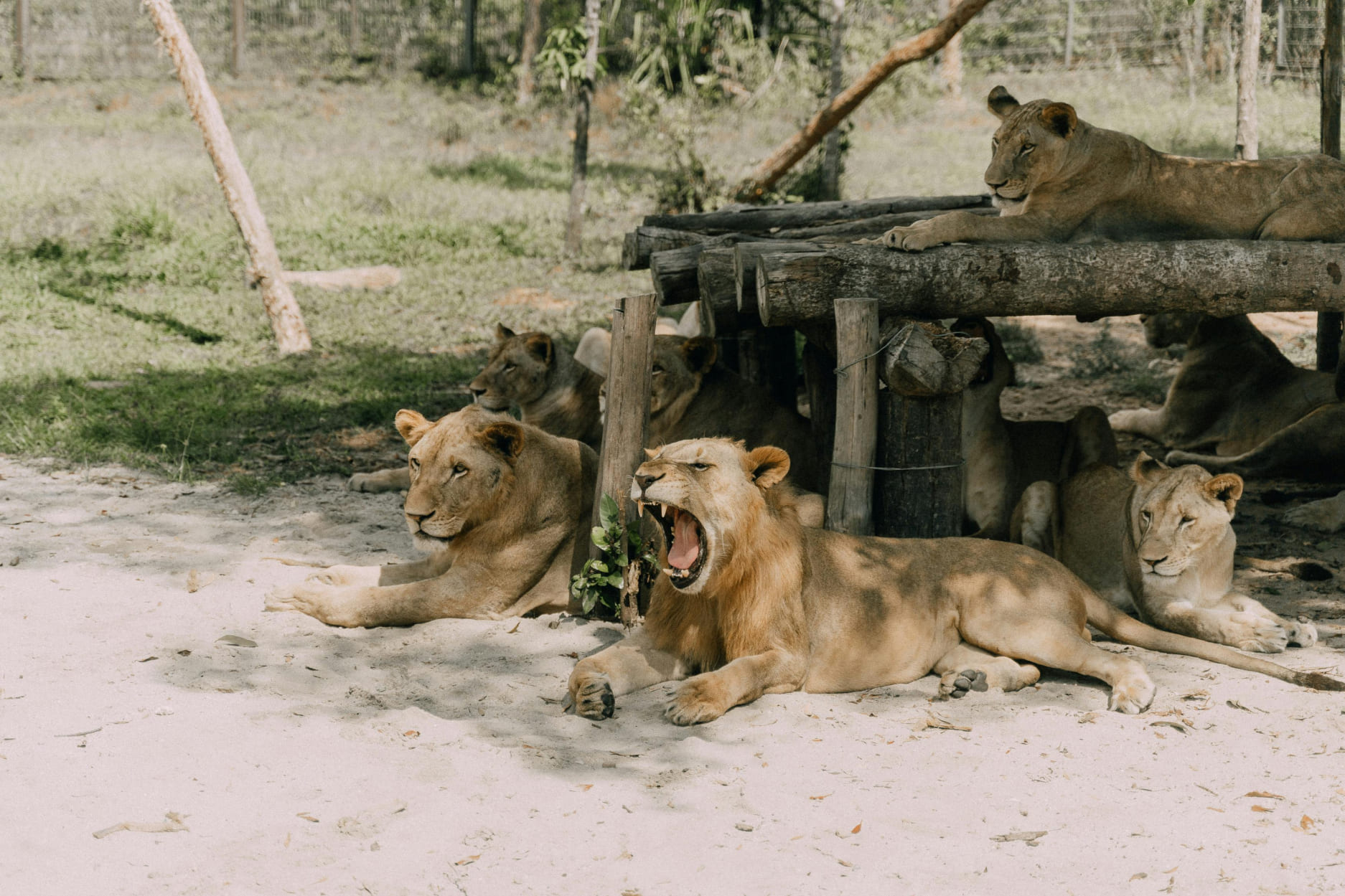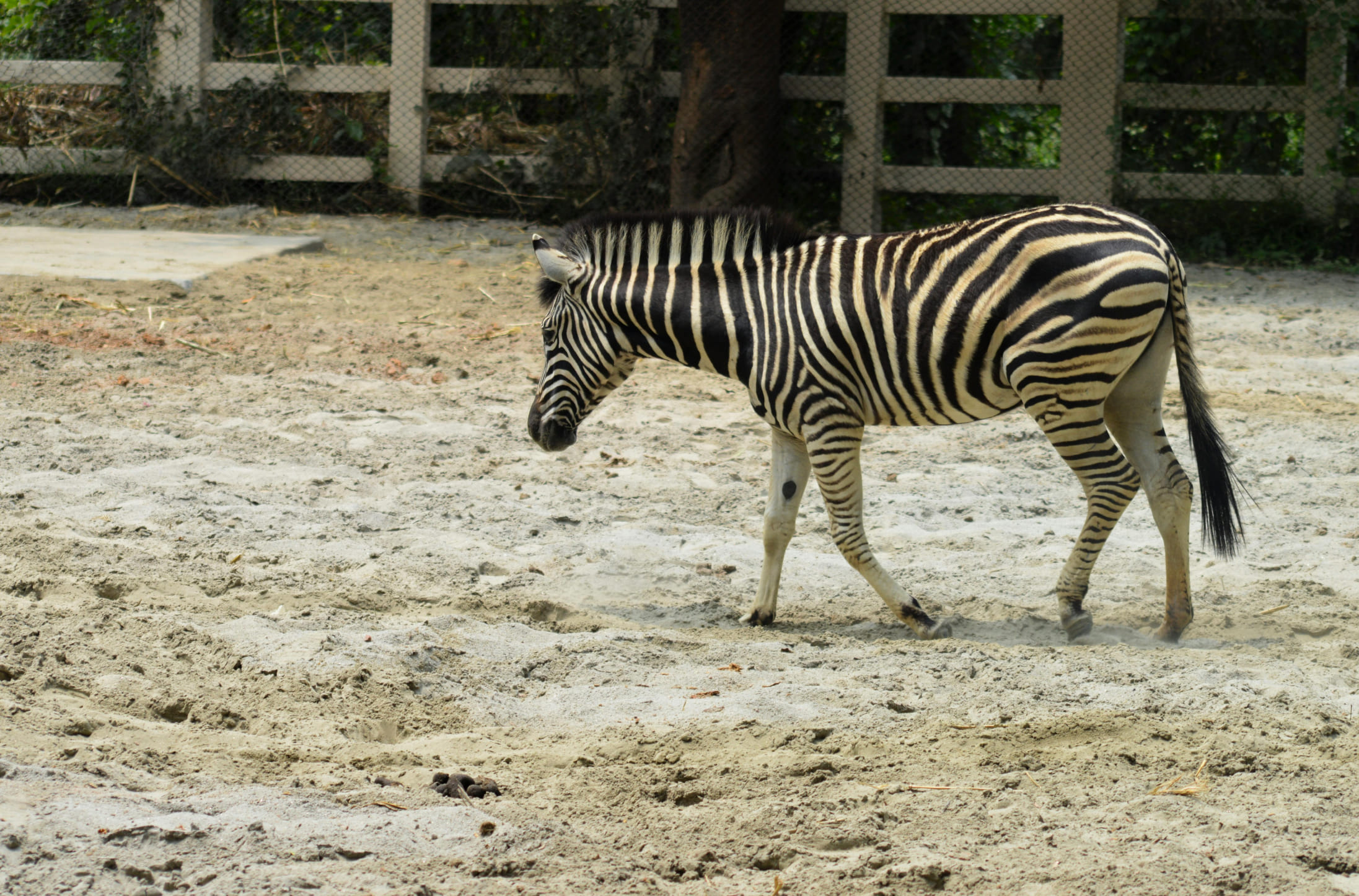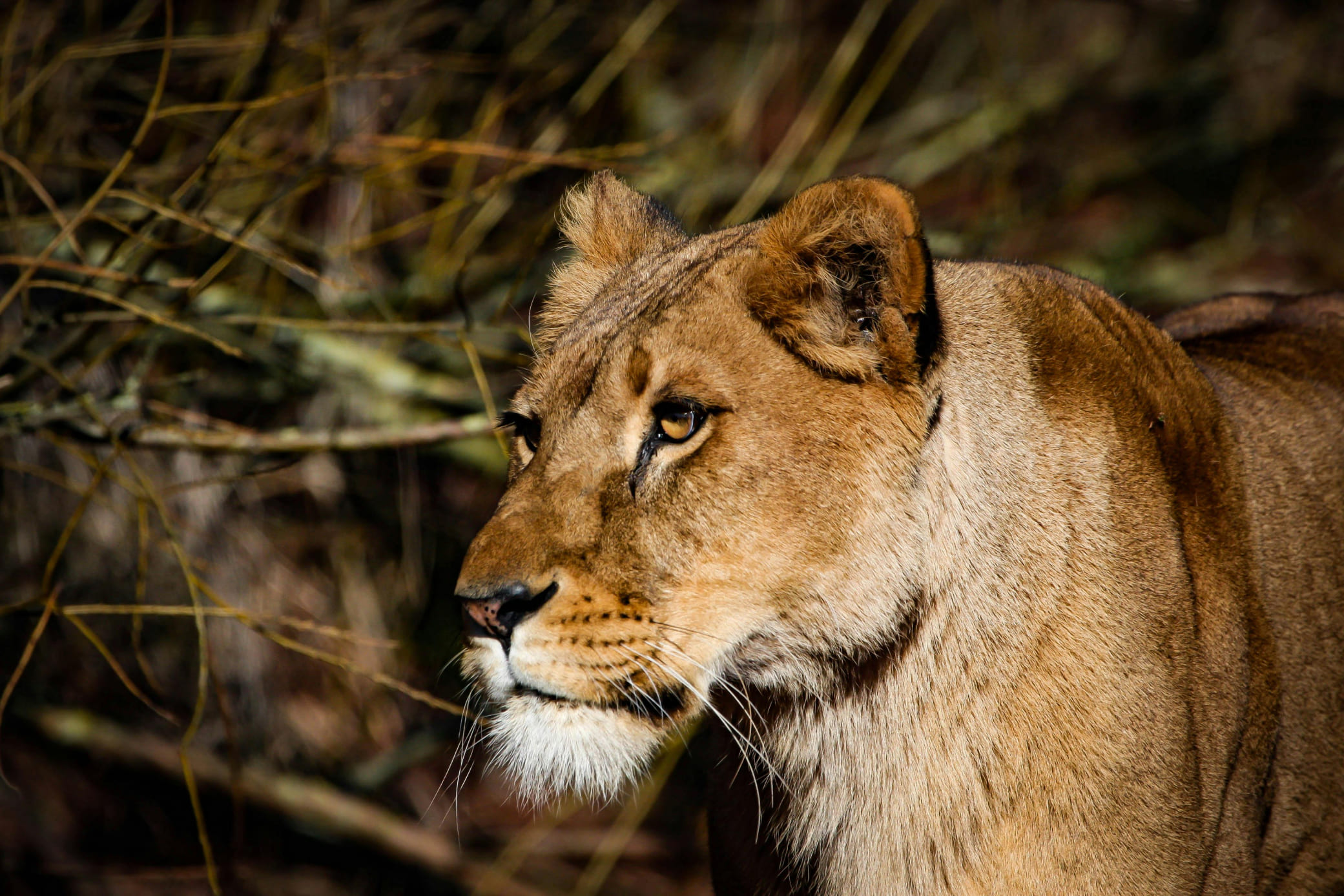The Remarkable Intelligence of Elephants
Elephants are widely recognized as one of the most intelligent species on Earth, known for their advanced cognitive abilities and rich emotional lives.
LEARN MOREPhone: +91917209542
Email: [email protected]


Many animals are nocturnal, meaning they are most active during the night. This behavior allows them to avoid the heat of the day and reduces the risk of encountering predators.
Learn MoreSymbiosis refers to a close relationship between two species that benefits one or both parties. In nature, many animals engage in symbiotic relationships.
Learn MorePrimates, including monkeys, apes, and humans, display a wide range of complex behaviors. Many primates live in social groups, where they form bonds, cooperate, and even show empathy. They use tools to access food, engage in grooming to strengthen social ties, and communicate with each other through vocalizations and gestures. Studying primate behavior offers insights into the evolution of social structures and cognitive abilities in animals.

Predators, such as lions, wolves, and eagles, play a critical role in maintaining the health of ecosystems.

Migration is a remarkable adaptation seen in many species, from birds and fish to mammals and insects.

Insects have developed intricate methods of communication, often using chemical signals, or pheromones.

Arctic animals, such as polar bears, Arctic foxes, and seals, have evolved unique adaptations to survive in extreme cold.

keystone species is one that has a disproportionately large impact on its ecosystem. The presence or absence of a keystone species can significantly affect the structure and health of an ecosystem. For example, sea otters help control sea urchin populations, which in turn protects kelp forests. Without keystone species, ecosystems can collapse, leading to a loss of biodiversity and habitat degradation.
Read More Gallery
Elephants are widely recognized as one of the most intelligent species on Earth, known for their advanced cognitive abilities and rich emotional lives.
LEARN MORE
Lions are the apex predators of the African savanna, commanding respect with their size, strength, and powerful hunting skills.
LEARN MORE
Parrots are among the most colorful and charismatic birds in the world, admired for their vivid plumage, intelligence, and remarkable ability to mimic human speech.
LEARN MORECoral reefs are often referred to as the "rainforests of the sea" because of the incredible diversity of life they support.
The Hunting Strategies of Predators
Animal Intelligence and Problem-Solving Skills
The Impact of Climate Change on Wildlife
The Importance of Conservation Efforts

Penguins are remarkable birds known for their unique adaptations to life in some of the harshest environments on Earth.
Learn More
Though small, ants play an enormous role in maintaining the balance of ecosystems around the world.
Learn More
Honeybees are essential pollinators that contribute to the health of ecosystems and agricultural production around the world.
Learn More
The albatross is one of the largest flying birds in the world, known for its graceful, gliding flight over vast expanses of ocean.
Learn More
Dolphins are highly intelligent marine mammals known for their playful behavior, strong social bonds, and complex communication skills.
Learn More
Octopuses are fascinating and intelligent creatures that live in oceans all over the world. With their soft, boneless bodies, octopuses can squeeze into tight spaces and use their eight arms to explore and manipulate their surroundings.
LEARN MORE
Wolves are highly social animals that live in complex, close-knit family groups known as packs. These packs are usually led by an alpha pair—a male and a female—that are responsible for leading hunts and making decisions for the group.
LEARN MORE
Pollinators, such as bees, butterflies, birds, and bats, play a crucial role in maintaining healthy ecosystems. By transferring pollen from one flower to another, they facilitate the reproduction of plants, which in turn supports food webs by providing fruits.
LEARN MORE
Big cats, such as lions, tigers, leopards, and jaguars, are some of the most iconic and feared predators in the animal kingdom. Each species has evolved unique adaptations that make them efficient hunters.
LEARN MORE
Whales are known for their incredible migration journeys, traveling thousands of miles each year between feeding and breeding grounds. Some species, such as the humpback whale, migrate from the cold, nutrient-rich waters of the poles.
LEARN MORE